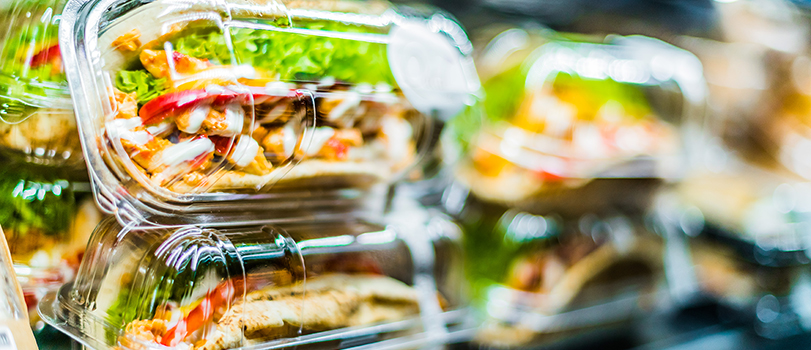New EU Regulation Sets BPA Limit in Food-Contact Varnishes and Coatings and Reduces Limit for BPA in Food-Contact Plastic Materials and Articles

The European Union published a regulation in the Official Journal on February 14, 2018, that further restrict the use of bisphenol A (BPA) in certain food-contact materials. Commission Regulation (EU) 2018/213 on the use of bisphenol A in varnishes and coatings intended to come into contact with food and amending Regulation (EU) No 10/2011 as regards the use of that substance in plastic food contact materials introduces a specific migration limit (SML) for BPA in varnishes and coating and revises the SML for BPA in the Plastics Regulation.
More specifically, Regulation (EU) 2018/213 established an SML of 0.05 mg/kg on the migration of BPA from varnishes and coatings and an SML of non-detect (detection limit = 0.01 mg/kg) where those varnishes and coatings are intended to applied on materials and articles specifically intended to come into contact with infant formula, follow-on formula, processed cereal-based food, baby food, or food for special medical purposes developed to satisfy the nutritional requirements of infants and young children or milk-based drinks and similar products specifically intended for young children. With respect to the Plastics Regulation (EU) No 10/2011, the new BPA Regulation reduces the SML for BPA from 0.6 mg/kg to 0.05 mg/kg and expands the ban on the use of BPA in the manufacture of polycarbonate infant feeding bottles to sippy cups.
The Regulation also specifies that business operators shall ensure that varnished or coated materials and articles are accompanied by a written declaration of compliance (DoC) that is available at all stages of manufacture, processing, and distribution other than the retail stage. Furthermore, business operators shall, upon request of a national competent authority, make available appropriate supporting documentation. The supporting documentation must contain the conditions and results of the testing and calculations, including modelling, other analysis, and evidence on the safety or reasoning demonstrating compliance.
The BPA Regulation will apply from September 6, 2018, however, varnished or coated materials and articles and plastic materials and articles that were lawfully placed on the market before that date may remain on the market until exhaustion of stocks.